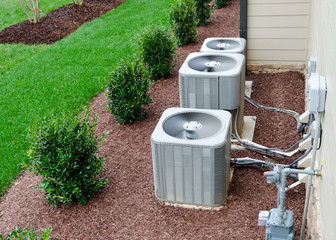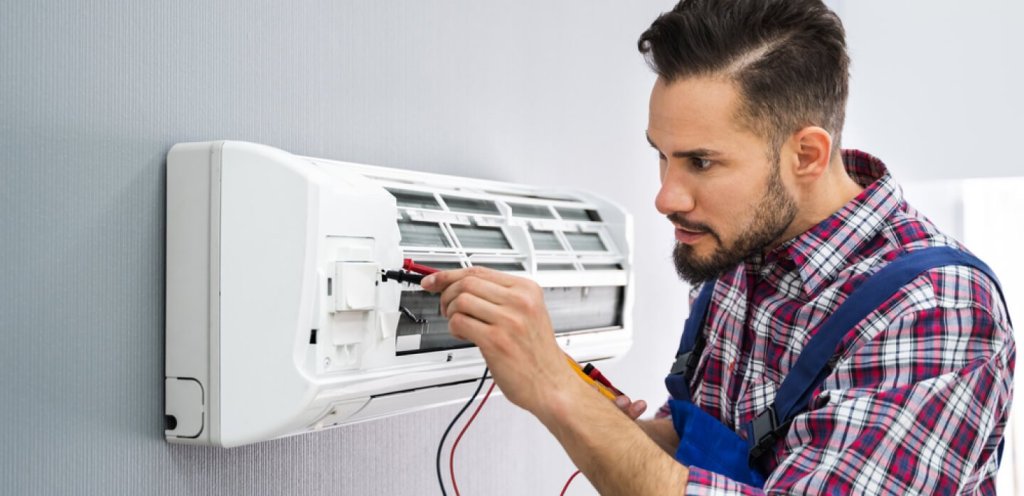Baseball is a game of skill, strategy, and precision. While hitting home runs steals the spotlight, impeccable fielding is equally crucial for victory. Whether you’re a seasoned player or a novice, mastering fielding drills is essential to excel in this sport. In this comprehensive guide, we’ll delve into the top fielding drills for baseball, providing expert insights and techniques to sharpen your defensive prowess.
Backhand Drill
Mastering the backhand play is vital for any infielder. This drill focuses on improving lateral movement and agility. Start by positioning yourself at shortstop or third base. Have a partner hit ground balls to your backhand side, forcing you to make quick, decisive movements to field the ball cleanly.
Incorporate variations by fielding balls on the run or practicing throws to first base. Consistent repetition of this drill enhances reflexes and ensures you’re prepared for challenging defensive plays.
Forehand Drill
Similar to the backhand drill, the forehand drill emphasizes fielding ground balls hit to your glove side. Begin by assuming the proper defensive stance, with your glove extended towards the ground. Your partner should hit ground balls to your forehand side, requiring you to shuffle quickly and field the ball cleanly with proper technique.
Focus on staying low and keeping your body in front of the ball to maintain control. Regular practice of this drill enhances your ability to handle ground balls from various angles effectively.

Cutoff and Relay Drill
Effective communication and coordination are essential in executing cutoff and relay plays successfully. This drill simulates game scenarios where outfielders need to relay the ball quickly to prevent runners from advancing. Divide your team into outfielders, infielders, and baserunners.
Hit balls to the outfield and instruct the outfielders to make accurate throws to designated cutoff men. The cutoff men then relay the ball to the appropriate base, aiming to beat the baserunners. Focus on crisp throws and precise positioning to execute flawless cutoff and relay plays during games.
Pop Fly Communication Drill
Miscommunication on pop flies can lead to costly errors and missed opportunities. This drill emphasizes clear communication between infielders and outfielders when tracking fly balls. Divide your team into groups and position them accordingly in the infield and outfield.
Hit pop flies to various areas of the field, prompting players to call for the ball loudly and assertively. Encourage players to use hand signals or verbal cues to indicate their intention to make the catch. Consistent practice of this drill fosters trust and cohesion among teammates, minimizing the risk of defensive miscues.
Double Play Drill
Turning double plays requires seamless coordination and lightning-fast reflexes from infielders. This drill focuses on executing the pivot and relays smoothly to complete double-play opportunities. Begin by positioning infielders at their respective positions – shortstop, second base, and first base.
Hit ground balls to simulate a runner on first base, prompting the infielders to turn a double play. Emphasize quick transfers, precise footwork, and accurate throws to complete the play efficiently. Repetition of this drill hones infielders’ ability to turn double plays with confidence and precision during game situations.

Reaction Drill
Baseball is a game of split-second decisions, and reaction time is paramount for defensive success. This drill enhances players’ reaction speed and agility through simulated game scenarios. Utilize reaction balls or have a coach hit balls randomly in different directions.
Players must react quickly to field the ball, focusing on proper technique and footwork. Incorporate variations by adding obstacles or adjusting the speed and trajectory of the balls. Regular practice of this drill sharpens players’ reflexes, enabling them to make instinctive plays on the field.
Infield Communication Drill
Effective communication among infielders is essential for coordinating defensive plays and preventing errors. This drill emphasizes clear and concise communication between players to ensure seamless coordination on the field. Divide the infielders into pairs and position them at their respective positions.
Hit ground balls to simulate game situations, prompting infielders to communicate verbally to determine who will field the ball and make the throw. Encourage infielders to use specific calls or signals to convey their intentions. Consistent practice of this drill fosters a cohesive defensive unit, minimizing the risk of defensive lapses due to miscommunication.
Line Drive Reaction Drill
Line drives pose a significant challenge for infielders due to their velocity and unpredictable trajectory. This drill focuses on improving players’ ability to react quickly and field line drives cleanly. Utilize a pitching machine or have a coach hit line drives to infielders at varying speeds and angles.
Players must anticipate the trajectory of the ball and position themselves accordingly to make the catch or field the ball on the hop. Emphasize proper footwork and glove positioning to ensure successful outcomes. Regular practice of this drill enhances players’ confidence and ability to handle line drives effectively during games.
Pickle Drill
The pickle drill simulates rundown situations, where infielders work together to tag out baserunners caught in between bases. This drill emphasizes quick decision-making and precise throws to execute successful rundowns. Divide your team into baserunners and fielders, positioning them accordingly on the base paths.
Initiate the drill by hitting ground balls and prompting baserunners to advance and retreat between bases. Infielders must work together to trap the baserunner and execute swift throws to tag them out. Emphasize communication and teamwork to effectively execute rundowns and eliminate baserunners.

Shoestring Catch Drill
Shoestring catches require exceptional reflexes and hand-eye coordination from outfielders to secure low-flying balls. This drill focuses on improving outfielders’ ability to make shoestring catches confidently. Position outfielders in their respective positions and hit low-line drives or fly balls toward them.
Players must sprint towards the ball and dive or slide to make the catch just above ground level. Emphasize proper technique and focus on securing the ball securely to prevent it from popping out upon impact with the ground. Regular practice of this drill enhances outfielders’ confidence and ability to make challenging catches during games.
Diving Catch Drill
Diving catches are highlight-reel plays that require courage, athleticism, and impeccable timing from outfielders. This drill focuses on developing players’ ability to make diving catches with confidence and precision. Position outfielders in their respective positions and hit high fly balls or line drives toward them.
Encourage players to sprint towards the ball and dive or leap to make the catch, sacrificing their body if necessary. Emphasize proper timing and technique to ensure successful outcomes while minimizing the risk of injury. Regular practice of this drill instills outfielders with the confidence and skill to make spectacular catches when it matters most.
How often should I practice fielding drills for baseball?
Regular practice is essential for honing your fielding skills. Aim to incorporate fielding drills into your training routine at least 2-3 times per week to see noticeable improvement.
Do fielding drills help improve defensive performance during games?
Absolutely! Fielding drills help players develop essential skills such as agility, reflexes, and coordination, which directly translate to improved defensive performance on the field.
Can fielding drills benefit players of all skill levels?
Yes, fielding drills can be tailored to accommodate players of varying skill levels, from beginners to advanced athletes. The key is to focus on fundamentals and gradually progress to more challenging drills as players improve.

What equipment do I need for fielding drills?
Basic equipment such as baseballs, gloves, cones, and batting tees are essential for most fielding drills. Depending on the specific drill, you may also need additional equipment such as reaction balls or pitching machines.
Are there any specific warm-up exercises recommended before fielding drills?
Yes, incorporating dynamic stretches and mobility exercises into your warm-up routine can help prepare your body for the physical demands of fielding drills. Focus on movements that target the lower body, core, and upper body to ensure full-body readiness.
Conclusion:
Mastering fielding drills and maintaining plate discipline is essential for baseball players looking to elevate their defensive performance and contribute to team success. By incorporating these essential drills into your training regimen and practicing with dedication and determination, you can enhance your skills and become a defensive standout on the field.













Leave a comment